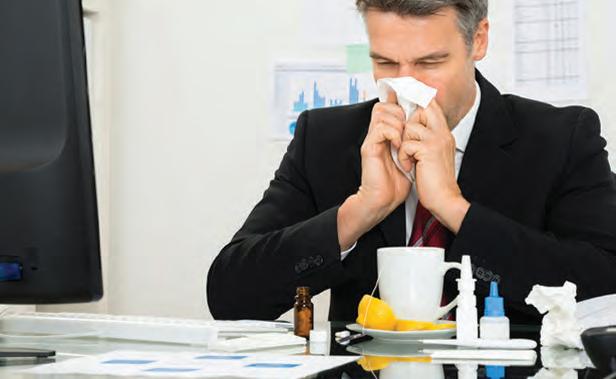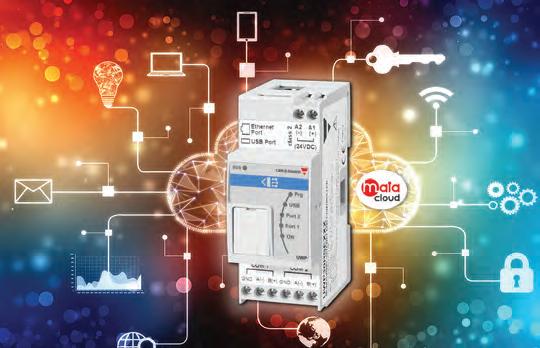“ Energy in Buildings and Industry and the Energy Institute are delighted to have teamed up to bring you this Continuing Professional Development initiative ” MARK THROWER MANAGING EDITOR
SERIES 18 | MODULE 10 | INDOOR AIR QUALITY
The importance of indoor air quality By Paul Bennett, managing director, BSSEC
I
ndoor air quality is the degree to which air is pollution free within and around building structures and ultimately affects building occupants’ comfort, productivity and health. The effects of poor air quality are felt by occupants for hours or years after exposure. Air quality can therefore have a long-lasting impact on the economy and the environment. In this CPD article we will consider what the common air pollutants are in buildings, what the health impacts of these air pollutants are on occupants, what regulations and standards are in place to manage air quality and finally what control strategies can be employed to improve air quality in buildings. The severity of air pollution has long been undervalued and for the first time in the UK air pollution was legally recognised as a cause of a person’s death. On the 16th of December 2020 legal history was made when a ruling was made that air pollution was the cause of the death of a nine-year-old girl, Ella KissiDebrah. Her February 2013 death certificate has now been legally changed to be caused by acute respiratory failure, severe asthma and air pollution exposure. It is now recognised that she was exposed to nitrogen dioxide (NO2) and particulate matter (PM) pollution in excess of World Health Organization guidelines, the principal source of which were traffic emissions. Contamination of air can cause a number of different health problems to building occupants including. To help reduce the risk of such problems an understanding of some of the common indoor pollutants is required. CO (Carbon Monoxide), NO2 (Nitrogen Dioxide), and Nitrogen oxide (NOx). This type of air
pollution is most commonly found being dissipated from domestic appliances such as, boilers, heaters, fires, stoves and ovens. This is because these appliances typically burn carbon-containing fuels such as coal, coke, gas, kerosene and wood. Alternatively, these emissions derive from close proximity vehicle emissions which may also enter buildings through ventilation systems. Carbon monoxide can cause chronic effects at low levels such as headaches, dizziness, nausea. It can also cause lethal poisoning at high levels which can ultimately lead to death. Nitrogen Dioxide can cause inflammation of the airways, reduced lung function and increases the risk of an asthma attack (or asthma attacks). Nitrogen Dioxide can also increase the severity as well as the incidences of respiratory illnesses. Particulate matter (PM, PM10 or PM2.5). This is essentially matter in the air that is not a gas. This includes natural sources like pollen, sea spray and desert dust. It also includes human-made sources like smoke and dust from vehicle exhausts,
brakes and tyres. PM can travel large distances with up to 33 per cent of PM2.5 originating from non-UK sources and around 15 per cent from natural sources. PM is classified according to size, with the smallest particles having the greatest ability to penetrate the body and thus impact on health. PM10 and PM2.5 is less than 10 and 2.5um (micrometres) across and are the main types of PM which are regulated.
Respiratory illnesses Particulate matter has been linked with a number of respiratory illnesses, including asthma and chronic bronchitis. Long-term exposure can cause premature death from heart disease and lung disease including cancer. Increased incidences of stroke have also been accredited to being exposed to higher concentrations of particulate matter for long periods of time. Sulphur Dioxide (SO2) is an acidic gas which can combine with water vapour in the atmosphere to produce acid rain. In indoor environments sulphur dioxide is an irritant that can affect airways, particularly in those who have asthma.
Produced in Association with
MAY 2021 | ENERGY IN BUILDINGS & INDUSTRY | 17
EIBI_0521_017-20(M).indd 1
30/04/2021 11:12






